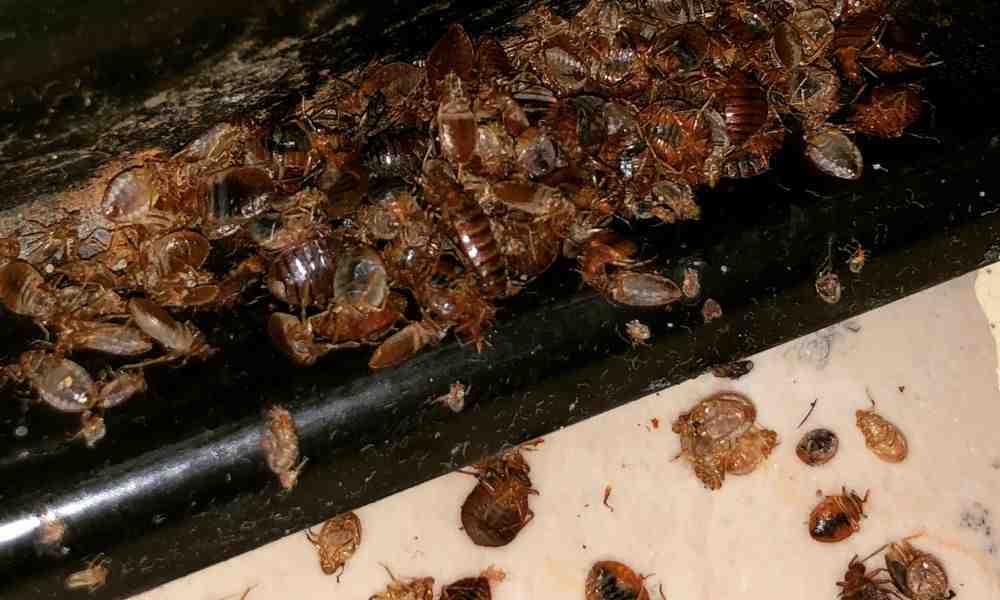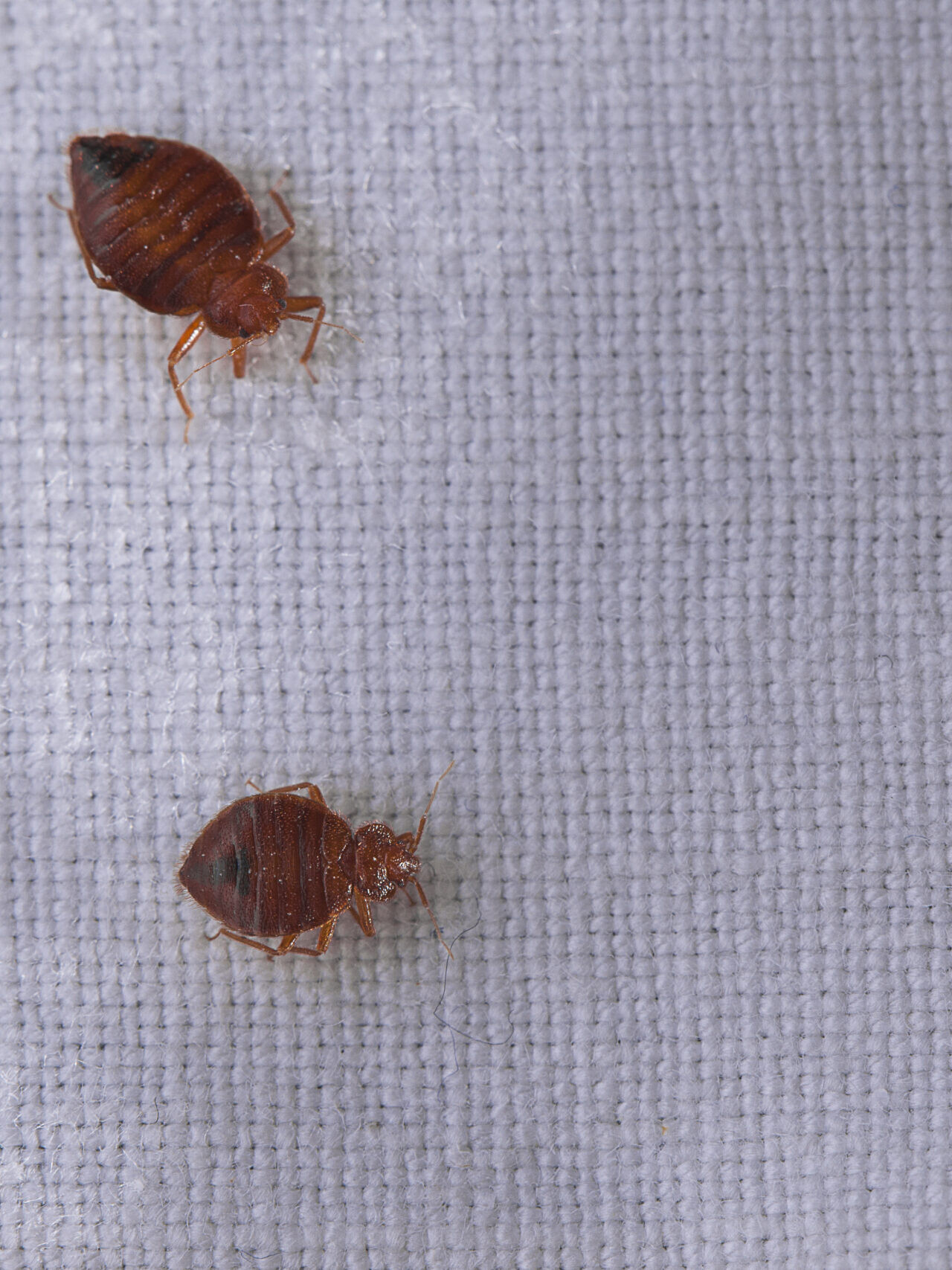Trusted Bed Bug Exterminator for Fast and Safe Elimination
Trusted Bed Bug Exterminator for Fast and Safe Elimination
Blog Article
Obtain Informed About the Sorts Of Bug Control Approaches and Their Advantages for Property Owners
Understanding the various bug control approaches available to property owners is crucial for effective insect administration. Home owners who are educated can make critical selections that not only address bug problems yet additionally enhance the total top quality of their living atmosphere.
Chemical Pest Control Approaches
Chemical insect control approaches are an essential element of integrated parasite administration strategies for house owners seeking reliable services to pest problems. These techniques entail the application of chemical compounds made to get rid of or discourage parasites that threaten personal effects, health, and convenience. Common chemicals utilized consist of insecticides, herbicides, rodenticides, and fungicides, each customized to target specific bugs.
The key advantage of chemical pest control is its rapid efficiency; lots of formulations offer instant outcomes, lowering pest populations substantially in a brief time. Additionally, developments in chemical solutions have actually led to products that are a lot more eco pleasant and have lower poisoning degrees for non-target microorganisms when used correctly.

Biological Bug Control Techniques
All-natural insect control approaches have obtained importance as homeowners look for safer and much more sustainable alternatives to conventional chemical methods. Organic insect control strategies use all-natural predators, bloodsuckers, or pathogens to handle parasite populations properly. This method is not just environmentally friendly yet also lessens the risk of damage to non-target varieties, including valuable insects and wild animals.
Among the most typical organic control approaches involves introducing all-natural killers into the atmosphere. Ladybugs can be used to manage aphid populaces, while nematodes target soil-dwelling parasites like grubs. Additionally, parasitoids-- organisms that reside on or within a host-- can be used to control particular bug varieties by laying eggs inside them, ultimately leading to their demise.
Another approach is the usage of biopesticides, which are stemmed from natural products such as minerals, plants, or microorganisms (bed bug exterminator). These products can effectively target insects while presenting very little threat to human beings and pet dogs. On the whole, organic pest control techniques provide property owners with an efficient means of pest management that aligns with eco-friendly concepts, advertising a much healthier living atmosphere while decreasing reliance on artificial chemicals
Mechanical Bug Control Methods
Mechanical bug control techniques encompass a variety of approaches that literally avoid or eliminate pests without using chemicals. These methods are especially helpful for property owners looking for eco-friendly choices while making sure the safety of their living spaces.
One usual technique is using obstacles, such as nets, displays, and traps, which prevent bugs from going into homes or particular areas. Setting up window screens can effectively keep pests out, while utilizing physical obstacles around gardens can prevent larger bugs like bunnies or deer. In addition, mechanical traps created for rats can catch and get rid of these insects without the demand for harmful materials.
Another efficient approach involves using brooms and vacuum cleaners to remove bugs straight from surfaces. Normal cleansing and maintenance can substantially reduce insect populaces by removing food sources and hiding areas. Utilizing tools like ultrasonic pest repellents can deter different bugs with audio waves that are undesirable to them yet faint to humans.
Cultural Pest Control Practices
Cultural insect control methods concentrate on modifying the atmosphere and administration methods to develop problems that are less conducive to pest infestations. These practices are fundamental in maintaining a balanced community and decreasing the reliance on chemical interventions. By altering agricultural techniques, home owners can effectively deter pests while advertising plant wellness.
One usual technique includes crop rotation, which interferes with the life process of bugs by altering the kinds of plants grown in a specific area (bed bug exterminator). This not only decreases pest populaces however also improves dirt health and wellness. Furthermore, intercropping-- planting varied crops in proximity-- can perplex bugs and minimize their capability to locate their recommended host plants
Water administration is another critical facet of cultural practices. Correct irrigation techniques can protect against standing water, which acts as a breeding place for mosquitoes and other pests. Preserving sanitation in and around the home, such as on a regular basis removing particles and food waste, can considerably lower insect destination.
Integrating these social practices right into a comprehensive bug management method allows house owners to develop a setting that normally prevents parasites, therefore boosting the performance of other control approaches while advertising sustainable horticulture and landscape design.

Integrated Insect Administration Approaches
Integrated Bug Monitoring (IPM) stands for an alternative strategy that incorporates numerous approaches to properly take care of parasite populaces while minimizing environmental influence. This technique incorporates organic, social, physical, and chemical methods to achieve sustainable insect control. By assessing pest populaces and their all-natural opponents, IPM highlights monitoring and recognizing insects before implementing control measures.
Among the core concepts of IPM is making use of thresholds, which develop the degree of insect activity that warrants treatment. This makes sure that treatments are used just when required, decreasing the reliance on chemical pesticides. Organic control techniques, such as introducing all-natural predators or bloodsuckers, operate in conjunction with social methods like crop turning and habitat adjustment to interrupt pest life cycles.
In addition, IPM motivates making use of least-toxic chemical alternatives when intervention is necessary, focusing on products that posture very little threat to non-target organisms and the setting. For house owners, adopting IPM comes close to not only improves the efficacy of bug management yet also advertises a healthier living setting, fostering biodiversity and lowering chemical exposure. Eventually, IPM empowers house owners to make enlightened decisions that stabilize pest control with environmental duty.
Verdict
In verdict, recognizing the different bug control techniques empowers homeowners to make enlightened decisions regarding pest management. Each strategy-- chemical, organic, mechanical, cultural, and integrated parasite administration-- provides distinct advantages that cater to different demands and preferences.
Understanding the numerous bug control methods readily available to home owners is necessary for effective parasite administration.Chemical pest control approaches are an essential element of integrated bug management approaches for house owners seeking efficient solutions to pest problems. In general, organic insect control strategies supply homeowners with a reliable means of bug monitoring that aligns with environmental principles, promoting a much exterminator healthier living environment while lowering reliance on artificial chemicals.
Social insect control techniques focus on customizing the setting and management methods to develop problems that are much less conducive to pest invasions.In verdict, understanding the different bug control methods empowers house owners to make enlightened decisions relating to pest monitoring.
Report this page